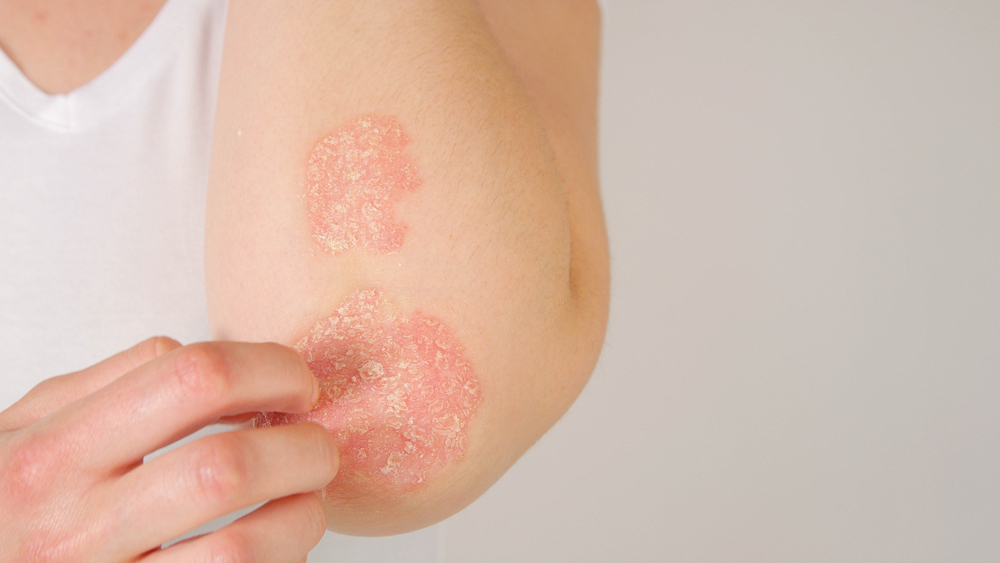
Joint pain in psoriasis, PsA driving analgesic opioid use
Joint pain in psoriasis have greater use of opioid , a new study says. Loft reported being an honorary speaker for Eli Lilly and Janssen Cilag. General health status is assessed using 5 dimensions. Patients with psoriasis have a worse overall health status than the general population, as assessed by EQ5D5L, 0.86 (IQR, 0.760.91) versus 0.90 (IQR, 0.840.95). (P < 0.001).
“Patients with joint pain in psoriasis (especially concomitant RP) have higher analgesic use than the general population, which appears to be the result of increased joint pain,” researchers write. We identified the age- and a sex-matched comparison group of hypertensive patients to compare opioid prescription rates in patients with rheumatic diseases versus patients without these conditions. The purpose of this study was to compare the long-term use of prescription opioids in patients with 4 common rheumatic diseases: RA, SLE, RP, and AS compared with patients of the same age and sex with hyperthyroidism. (HTN) but did not have any of the four rheumatic diseases.
We defined HTN cohort status by at least 2 ICD9 codes 7 to 365 days apart for HTN and at least one anti HTN prescription on or after the second diagnostic code after the eligibility period is 12 months. During the one-year follow-up period, rates of long-term opioid use were higher in all rheumatic disease groups than in their respective HTN groups. Initial all-opiate use was higher in the rheumatic cohort, while naloxone and methadone use was lower in all cohorts. Although the finding of higher opioid use in patients with rheumatic diseases compared with HTN is not surprising, our study assessed the prevalence and relative risk of use. prescription opioids in PR, LED, RP, and SA patient groups.
Brenda has been a health care nurse for over 35 years. So far, she has successfully avoided COVID but has finally decided to quit her job for good reasons and focus on her health. The pain of psoriatic arthritis forced Brenda to change her lifestyle. For example, she likes to go shopping and go to the mall. “There are days when you’re a bit depressed, but I enjoy my good days and lounge around on the bad days,” Brenda said.
Young and Chronic
22-year-old Alexa Assalley started having body aches as a teenager, about 13 years old. When she was 15 years old, her parents took her to a rheumatologist, after some tests she said she did not have rheumatoid arthritis. He asked for a full test and a series of in-depth tests.; “It was a pleasure to give illness a name and to know that it was real and treatable in March 2020. “Alexa, who lives in Indianapolis, is studying for a Bachelor of Science in Nursing at Chamberlain University.
The drugs have a few side effects, but they’re tolerable, says Alexa. Working with a physiotherapist is a game-changer. When I have a tough day, my friends buy food, ice and ibuprofen,” Also she says. “Although 2020 is a difficult year, I am grateful for it. I am the healthiest person, both mentally and physically, that I have had in a very long time! “
How do you get them?
But there are a few ways to get opioids: Pills or oral liquid Nasal spray Topical patch Tablets that dissolve under the tongue or between the gums and cheeks Suppositories Intravenous Injected Into a Muscle Injected Into the surrounding space spinal cord. Opioid implanted pumps can be short-term or long-term. Medications help relieve pain from serious injury or surgery and are often prescribed for pain that lasts only a few days. If you have moderate to severe pain for a long time, your doctor may prescribe medication that lasts longer. These can give you continuous pain relief for 8 to 12 hours and are done on a regular schedule. You can also use a short-acting opioid along with a long-acting treatment as a “lifesaver” for times when the pain is very severe.
How do opiates work?
Opioids bind to receptors in parts of cells in the brain, spinal cord, and other areas of the body. They reduce the sending of pain messages to the brain and reduce the sensation of pain.













